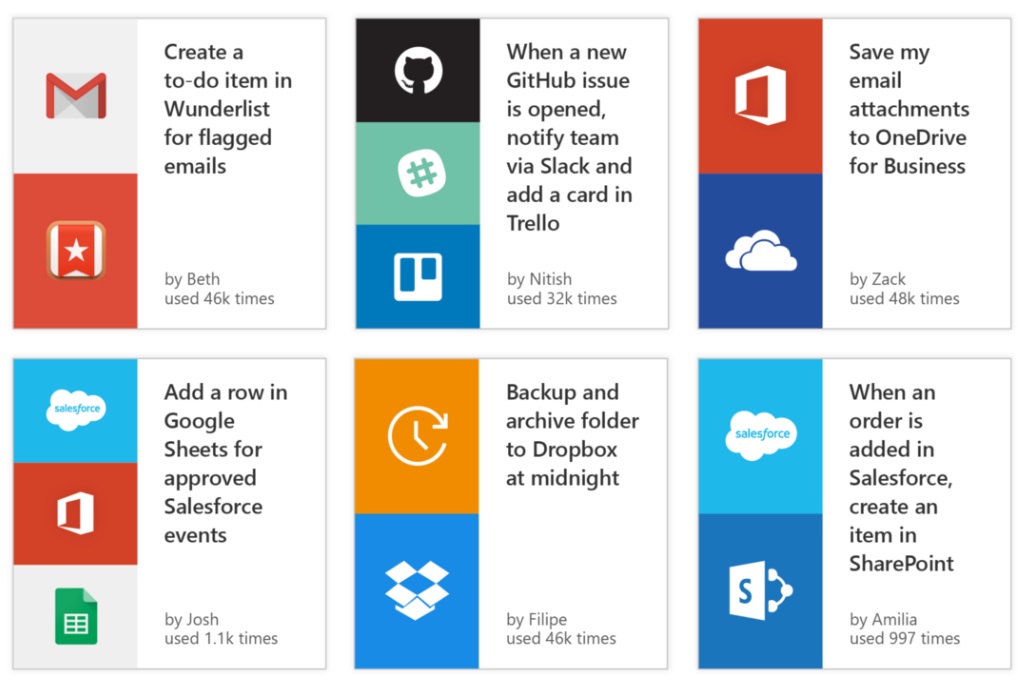Where did Microsoft's new Flow event-automation service come from?

It's not often that a brand-new Microsoft product materializes without at least a few leaks beforehand.

Yet that's what seemed to happen last week when Microsoft took the wraps off its new Microsoft Flow event-automation service. Though "The Walking Cat" managed to out the existence of the service just before Microsoft released it to testers in preview, it seemed like Flow managed to emerge out of nowhere.
Actually, however, Flow -- Microsoft's answer to the "If This Then That"/IFTTT service -- was in plain sight before last week for those who knew where to look.
Flow is the renamed "Logic Flows" feature that Microsoft released late last year when it delivered its first private preview of PowerApps, its service aimed at business users who want to create custom line-of-business apps without coding. A PowerApps logic flow allowed users to perform tasks by kicking off an action.
But the origin of Flow actually may go back even a bit further. In March 2015, Microsoft unveiled Azure App Service, its service for developers interested in building all kinds of cloud-connected apps. One of the pieces of Azure App Service was Logic Apps.
Logic Apps allow technical users or developers to automate business-process execution and enterprise-integration via a visual designer.
I asked Microsoft if Flow originated from Logic Apps. A spokesperson responded:
"Microsoft Flow is a stand-alone SaaS Service that is designed for broad usage, including business users that want to automate day-to-day tasks. Logic Apps is an Azure service available through the Azure Portal. It is targeted at developers that need to tackle more complex integration problems, it includes the great features available in Microsoft Flow, plus additional capability like integration with Azure Resource Manager and the Azure Portal, PowerShell and the Azure Command-Line Interface (Azure CLI), Visual Studio, more advanced connectors."
(I take that as a yes.)
The common thread across Flow, Logic Flows and Logic Apps is Stephen Siciliano. Siciliano was the Chief Design Officer of MetricsHub, a SaaS company Microsoft acquired in March 2013.
Siciliano joined the Azure team to work on monitoring, management and automation experiences for Azure customers, especially around Azure Autoscale and Alerts. More recently, his team developed Logic Apps. Then Siciliano moved to the position of GPM of Logic Flows on PowerApps.
This week, Flow and PowerApps are in the news again as Microsoft is integrating them with SharePoint Online before the end of calendar 2016. Microsoft is (re)integrating Flow and PowerApps with each other, as well as with SharePoint Online Document Libraries and Lists, officials said on May 4.